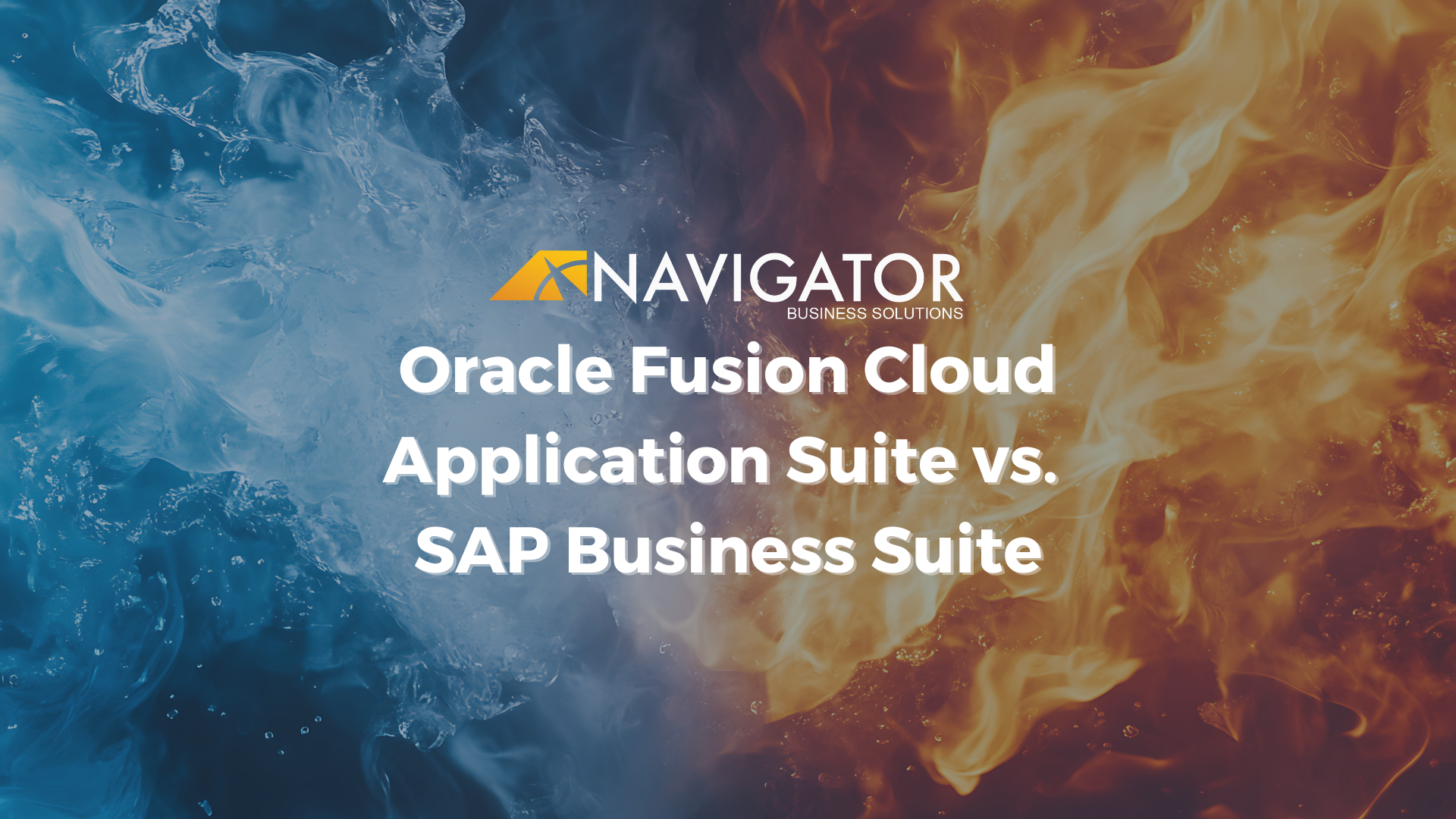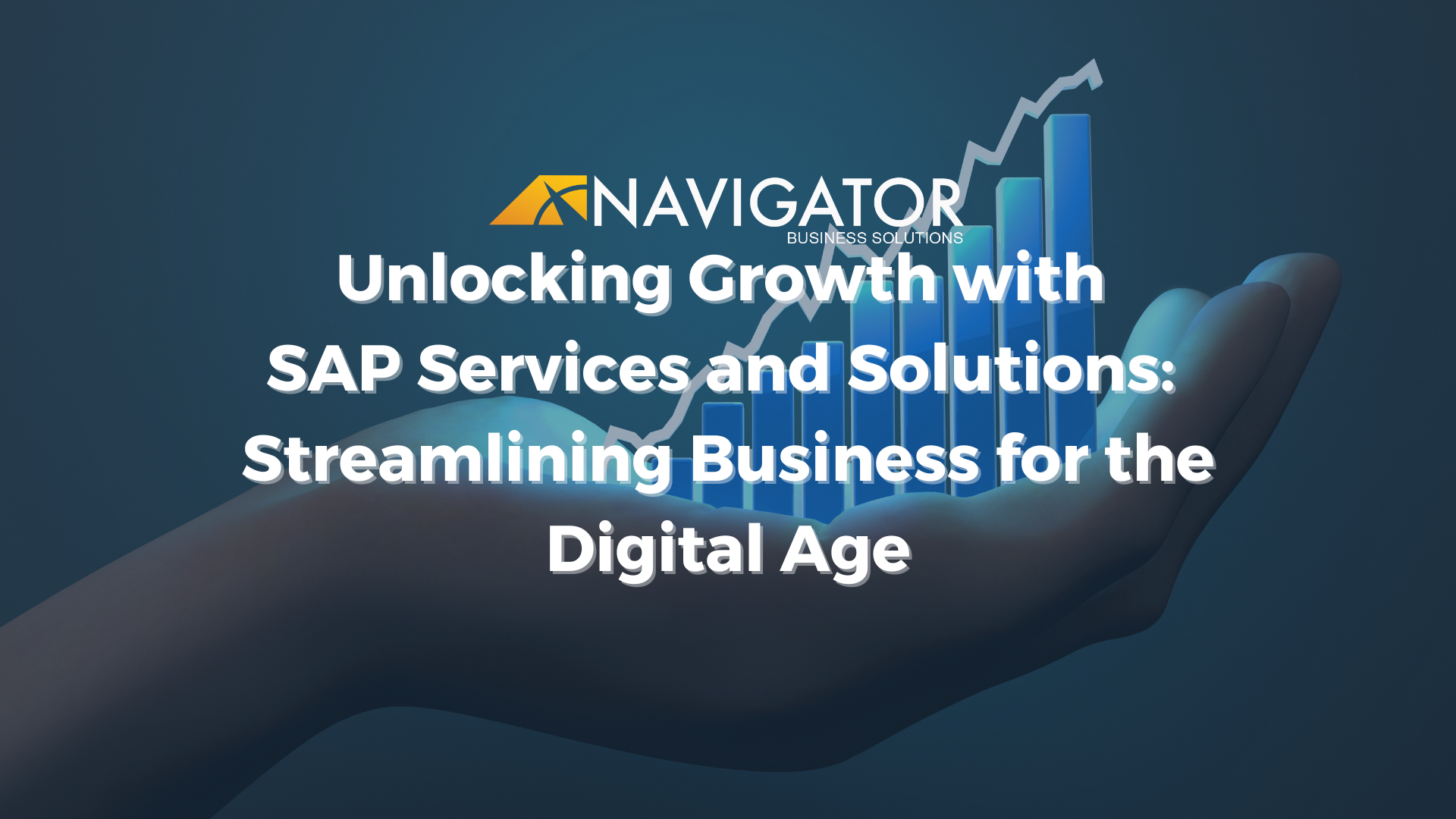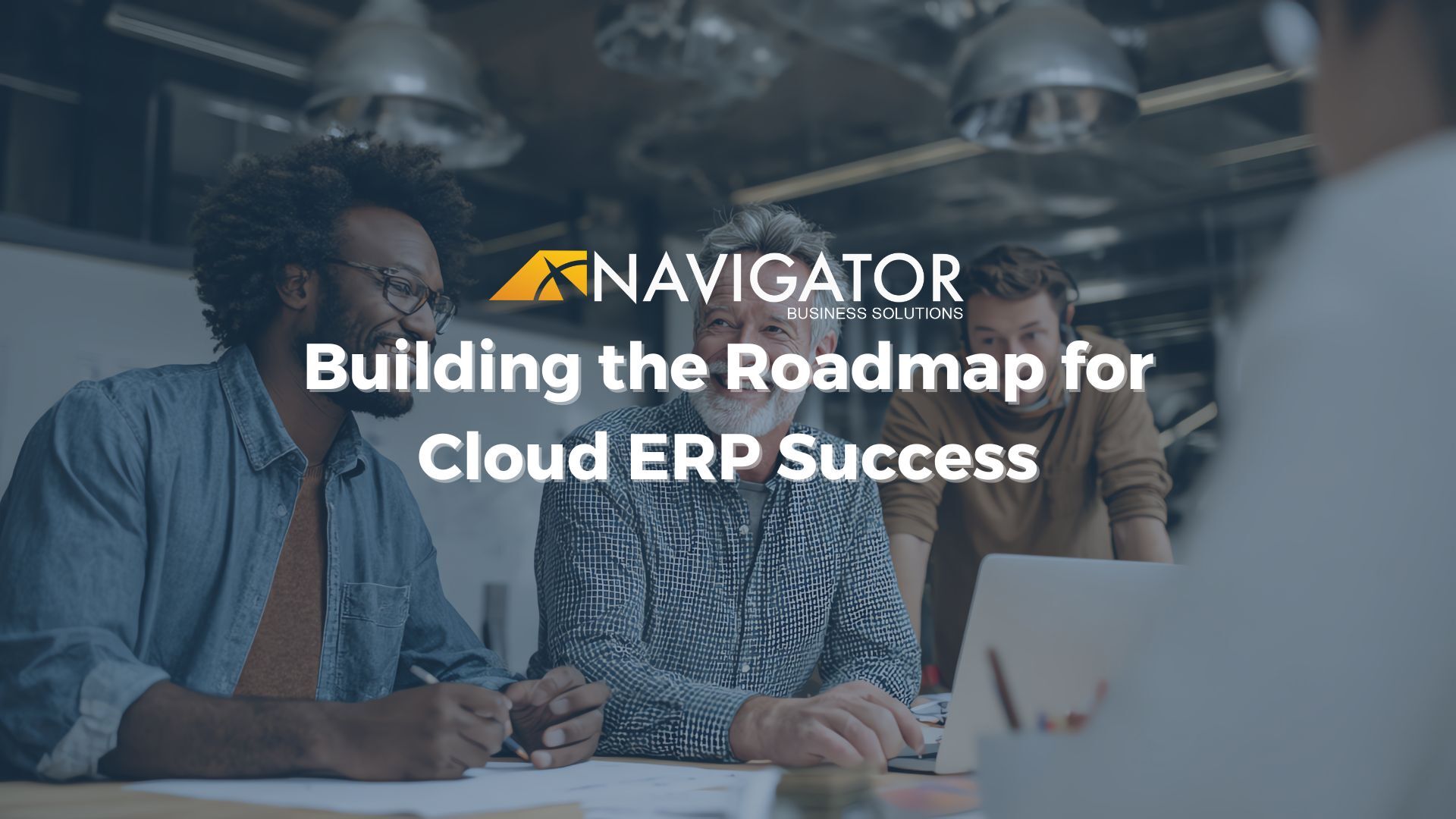Despite what software vendors think, there’s a balance between having the latest features and continuing to use what works even if it is an older solution. Software is a tool for getting something done and not the goal itself for most businesses. But with every piece of software that is used by a business, there does come a time when updating legacy software to a modern solution makes sense.
The term “legacy software” means many things, but it typically includes inflexible expansion, a lack of ongoing vendor support, and outdated features and user interfaces. It also often is built for or requires older hardware.
That’s ok for a business as long as the software still performs the core functionality. But eventually, legacy software just gets too old and becomes more of an albatross than an aid. This is when a business should be updating legacy software.
Signs That Now Is the Time for Updating Legacy Software
Here are six signs that it might be time to ditch a legacy ERP solution and move to something more modern.
Sign #1: Ongoing Maintenance Headache
Older software often requires more maintenance, whether it is on-site hardware or software patching. There’s additional work sourcing and maintaining older hardware that runs the ERP solution, and both more headaches applying patches and maintaining the workarounds that connect the old ERP to modern third-party systems and methodologies.
There often also is the issue of finding the IT staff that can support an older ERP solution, since the solution is no longer supported and used as much as it was before, and it might be coded with an older programming language and methodology that was good at the time but is now outdated and out of fashion.
If your ERP solution is a constant headache, and it is draining staff time, that’s a red flag and a sign that updating legacy software should be on the cards soon.
Sign #2: Poor Remote Access
Older ERP software was based on on-premise access and desktop computing. But the world has significantly changed, and today an ERP solution must be mobile-first and accessible via a wide variety of situations whether it is an employee in the field or one who works from home—or even a connected device that automatically updates data in a company’s ERP remotely.
Newer ERP solutions all support everywhere access and logging into the system like employees now expect, but older systems do it grudgingly and halfheartedly at best, limiting remote access. This barrier to use outside of the office can silo data and get employees working around the system instead of flowing everything through the ERP.
So if your ERP solution doesn’t work well on employee phones and tablets, you know the time for updating legacy software is now.
Sign #3: The Need for Custom Code
Let’s be clear: Custom code is never a good idea. It might be necessary for edge scenarios when critical connectivity or business processes require it, but it never is a good thing. That’s because custom code requires constant work so it functions properly and stays current with the core ERP solution as it evolves. Businesses should be focused on configuring systems by and large, not adding custom code to get things done.
However, legacy ERP solutions often require custom code to keep them working with newer technology and the changing needs of a business. So as legacy software ages, the amount of custom code needed to make the system continue to work expands.
Is your business spending a lot of time or money maintaining this custom code? If so, updating legacy software and moving to a modern solution should be a priority.
Sign #4: Outdated Cybersecurity
This one can really bite a company if it is not managed with care. Older ERP solutions are not built with current cybersecurity best practices and technology, and they become a dangerously exposed target as soon as vendor support shifts away from them and security patches become less frequent or nonexistent.
So is your legacy ERP system still supported and employing the latest protections against a breach? If not, upgrade right away and get off this older system. An ERP solution is the nerve center for a business. This is not the software that you want hacked, so you should be updating legacy software, especially around ERP if cybersecurity protections have grown long in the tooth.
Sign #5: Lack of Real-Time Reporting
One of the core functions of ERP is operational visibility. Understanding business dynamics in real-time is critical for strategy and business agility today. Visibility also is needed for automation, connectivity with suppliers and online retailers or marketplaces, and artificial intelligence use. A company’s system or record needs real-time data access and reporting.
Yet many legacy software solutions were developed before the cloud became so important, or do not support the protocols and technology needed for real-time data. A sign that it is time to update legacy software is when your ERP isn’t giving you the full picture in real-time.
Real-time visibility is becoming table stakes. Don’t settle for scheduled updates or manual data entry that inhibits an accurate, real-time picture of your business.
Sign #6: Data Silos and a Lack of Integration
The old model for corporate IT was monolithic, proprietary systems that were all-in-one but islands unto themselves. That’s not good for a system of record such as ERP, especially today when business is a tight weave of integrated cloud services and third-party systems that connect over the internet.
Newer ERP solutions offer a wide range of integration options, be it pre-build connectivity, API access, or technologies such as electronic data interchange (EDI). Modern ERP solutions also are cloud-based and support the latest protocols and technologies. Legacy ERP does not.
So a final sign that updating legacy software is on the cards is when your ERP solution begins creating data silos as a result of inadequate integration options. It is time to upgrade if not all data is flowing into your ERP system.
Upgrading to a modern, cloud-based ERP solution also brings a host of competitive benefits as well, of course. If you’re using an older ERP solution, learn more about what a modern ERP can bring to your business.
Learn more about newer ERP solutions such as SAP S/4HANA Cloud Public Edition and SAP Business ByDesign, or contact one of our experienced ERP consultants at (801) 642-0123 or by writing us at info@nbs-us.com.





